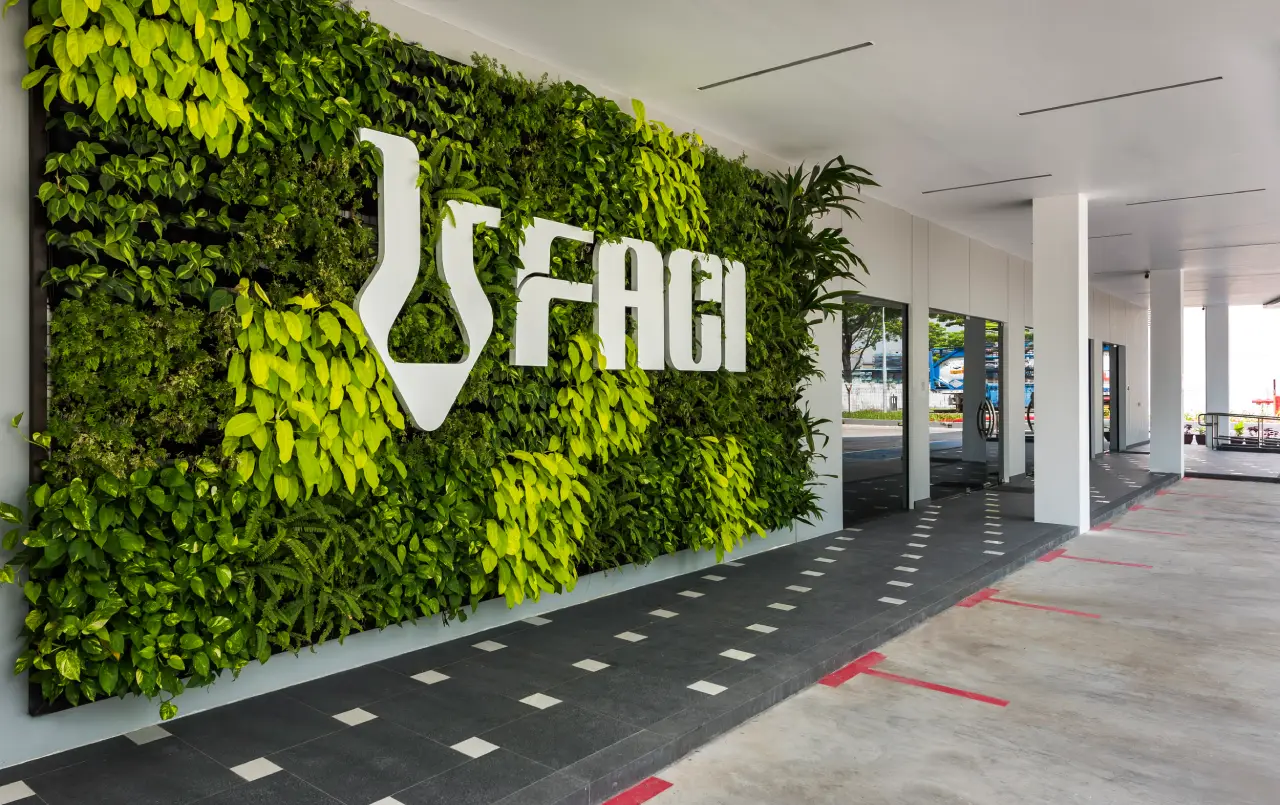
Introduction
As Singapore continues to embrace its vision as a City in Nature, vertical gardens have emerged as a transformative element in modern architecture. These living walls are more than just aesthetic features; they represent a confluence of sustainable design, technological innovation, and smart investment for landed property owners.
Current Landscape of Vertical Gardens in Singapore
Singapore’s commitment to integrating greenery into its urban fabric has earned international recognition. According to the NParks, Singapore has already achieved over 200 hectares of skyrise greenery, with vertical gardens playing a crucial role in this green transformation. The government’s ambitious Green Plan 2030 aims to further expand this coverage, making vertical gardens an increasingly important aspect of property development.
For landed property owners, vertical gardens offer multiple benefits that extend beyond aesthetic appeal. Studies conducted by the Building and Construction Authority have shown that green features can reduce surface temperatures by up to 12°C, leading to significant energy savings in cooling costs. This temperature regulation capability is particularly valuable in Singapore’s tropical climate.
A good example of how vertical gardens can add value to landed property owners is the FACI Asia Pacific Office that we designed.
Technical Aspects and Design Considerations
When implementing vertical gardens, several key technical aspects require careful consideration:
Structural Systems:
– Modular panel systems
– Felt pocket systems
– Container and trellis systems
– Hydroponic systems
Each system has specific load-bearing requirements that must be carefully evaluated by structural engineers. Waterproofing is crucial, as proper installation prevents moisture damage to building facades. Modern irrigation systems typically incorporate automated features with moisture sensors to optimize water usage.
Investment Perspective
The financial aspects of vertical gardens present compelling opportunities for property owners:
Initial Costs and Returns:
– Installation costs typically range from $500 to $1,200 per square meter
– Maintenance costs average 3-5% of installation costs annually
– Energy savings potential of 20-30% on cooling costs
– Property value appreciation of 7-15% based on market studies
Under the BCA’s Green Mark Scheme, properties with green features can qualify for various incentives and grants. These initiatives make the initial investment more attractive while supporting Singapore’s sustainability goals.
Regulatory Framework and Compliance
Singapore’s regulatory environment strongly supports green architecture initiatives. The Urban Redevelopment Authority (URA) has streamlined approval processes for vertical gardens, while maintaining necessary safety and structural standards. Property owners must ensure compliance with:
– Building Control Act requirements
– URA guidelines for facade modifications
– BCA Green Mark standards
– Local authority permits
Maintenance and Sustainability
Successful vertical gardens require structured maintenance programs:
Essential Maintenance Activities:
– Regular plant health monitoring
– Irrigation system checks
– Nutrient management
– Pest control measures
– Pruning and replacement of plants
Professional maintenance services typically provide quarterly comprehensive assessments alongside monthly basic maintenance. This systematic approach ensures the longevity and vitality of vertical gardens.
Future Trends and Innovations
The vertical garden industry is experiencing rapid technological advancement. Smart systems now integrate with building management platforms, offering:
– Real-time monitoring of plant health
– Automated irrigation adjustments
– Climate-responsive maintenance
– Integration with smart home systems
These innovations are making vertical gardens more efficient and easier to maintain, addressing traditional concerns about upkeep requirements.
Environmental Impact
Vertical gardens contribute significantly to environmental sustainability:
Key Environmental Benefits:
– Carbon dioxide absorption
– Oxygen generation
– Particulate matter filtration
– Urban heat island effect reduction
– Enhancement of biodiversity
– Improved air quality
Research by the National University of Singapore demonstrates that vertical gardens can reduce ambient temperatures by 2-3°C in surrounding areas, contributing to broader urban cooling efforts.
Financial Planning and Implementation
For landed property owners considering vertical garden installation, careful financial planning is essential:
Budget Considerations:
– Detailed cost analysis of different systems
– Long-term maintenance projections
– Energy savings calculations
– Potential grant opportunities
– Insurance coverage requirements
Making the Right Choice
When selecting a vertical garden system, consider:
Looking Ahead
The future of vertical gardens in Singapore’s architecture looks promising. As technology advances and installation costs become more competitive, we can expect to see more innovative applications in residential properties. The integration of vertical gardens with other sustainable features, such as solar panels and rainwater harvesting systems, will create more comprehensive green solutions for property owners.
Professional Guidance and Next Steps
For property owners interested in implementing vertical gardens, professional guidance is crucial for success. Consider consulting with experts who understand both the technical requirements and aesthetic possibilities of vertical gardens in Singapore’s context.
To explore how vertical gardens can enhance your property’s value and sustainability, contact ADX Architects. With extensive experience in sustainable design and green architecture, including the award winning FACI Asia Pacific Office by ADX Architects, our team can guide you through the planning, design, and implementation phases of your vertical garden project. We understand the unique challenges and opportunities of Singapore’s climate and regulatory environment, ensuring your investment delivers maximum returns while contributing to Singapore’s green future.
Resource Links:
– NParks’ Skyrise Greenery Incentive Scheme
This comprehensive approach to vertical gardens represents not just an architectural trend but a sustainable investment in the future of Singapore’s urban landscape. As we continue to push the boundaries of green architecture, vertical gardens will play an increasingly important role in creating value for property owners while contributing to Singapore’s vision of a City in Nature.
To discuss your vertical garden project and explore innovative design solutions, contact ADX Architects at your convenience. Our experienced team is ready to help you transform your property into a sustainable, value-appreciating asset that contributes to Singapore’s green future.